Phone Tree / Phone Menu (IVR)
Automated Phone Tree / Call Menu For Your Business Phone
Optimize call routing with an automated phone tree from KrispCall for swift access to the right department or information. Ensure 24/7 availability, enhance telephony communication, and save time, all contributing to heightened customer satisfaction for your business.
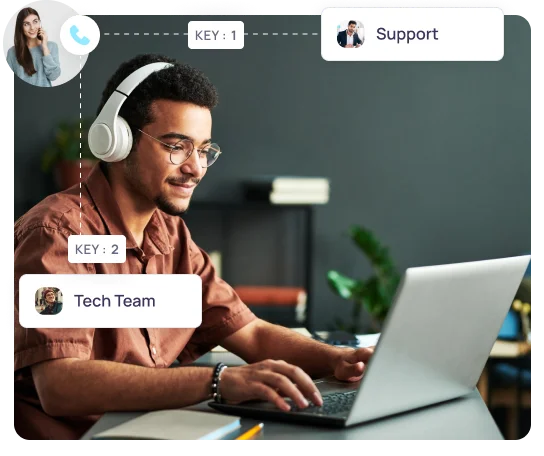


Get a Virtual Number
Get local, mobile, and toll-free virtual phone numbers from 100+ countries and expand your business worldwide.
How to set up Phone Trees for your Business?
KrispCall’s IVR can help your business improve the caller experience and ensure that calls are directed to the right destination. Setting up phone trees for your business involves creating an account, recording professional greetings and prompts, programming your phone system, and using it.
- Login to your KrispCall account.
- Go to the ‘settings,’ section and click on it to access the “My Numbers” option.
- Scroll to find the “incoming call strategy” settings, then click on Call Menu (IVR).
- Select Text-to-Speech or input Personal Recording for greeting message.
- Add up to 9 unique IVR menu choices
- Make sure your phone system is configured to accommodate the choices users make.
- Test it, use it.
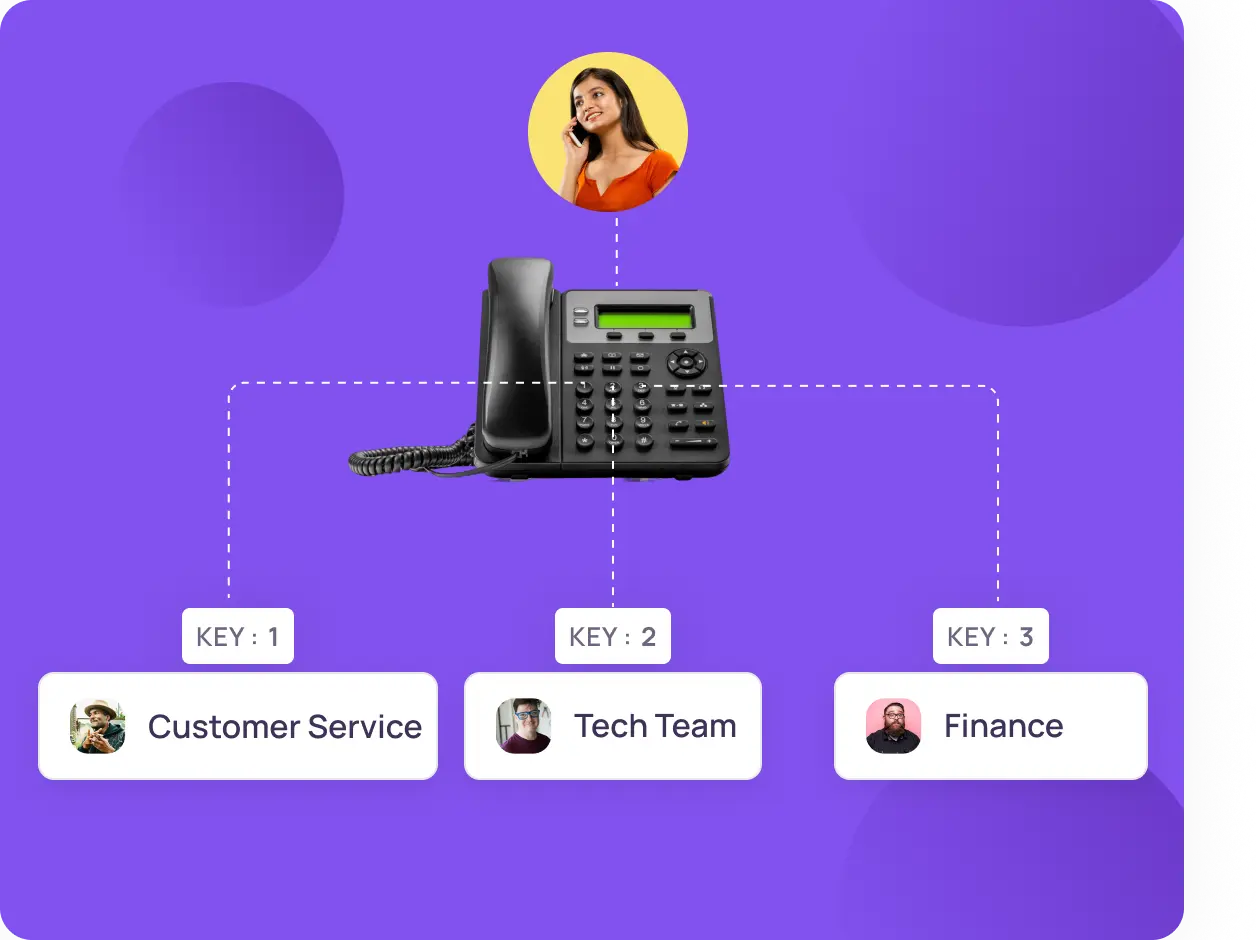
What Is an IVR Phone Tree?
An IVR phone tree is an automated system that uses voice prompts and keypad inputs to guide callers through a menu, which provides direct access to specific information or intelligently routes them to appropriate departments of a company or a solution provider. It typically consists of prerecorded audio messages with a menu of numbered options, allowing callers to respond by pressing the phone keys to register their choices.
It’s designed to streamline caller interactions, enhance engagement, and optimize customer interaction efficiency. and, hence, are typically used by businesses of all sizes to handle incoming calls efficiently and provide information to callers 24/7/365.
How does an automated phone menu work?
An automated phone menu, often implemented through an IVR system, works by using pre-recorded voice prompts and keypad inputs to guide callers through a menu of options. When a caller dials a business, they hear a pre-recorded greeting that offers menu selections that they can press to access the desired service.
As soon as the caller inputs numbers, the system detects them using a signaling method known as DTMF. Using the correct input, the system can assign the call to the appropriate department, service, and action, such as playing announcements, setting up call transfers, routing strategies, sending calls to voicemail, and so on.
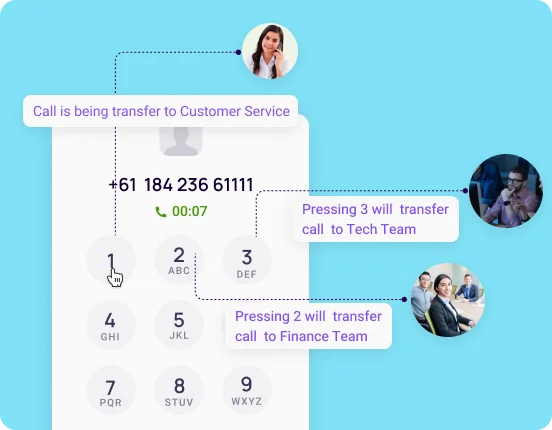
Pros and Cons of Automated Phone Trees
Pros
Cons
Using a successful Automated Phone Tree Solution: Best Practices
More Features like Phone Tree (IVR)
Shared Number
Boost customer response by sharing your number with your team members and eliminaing missed calls.
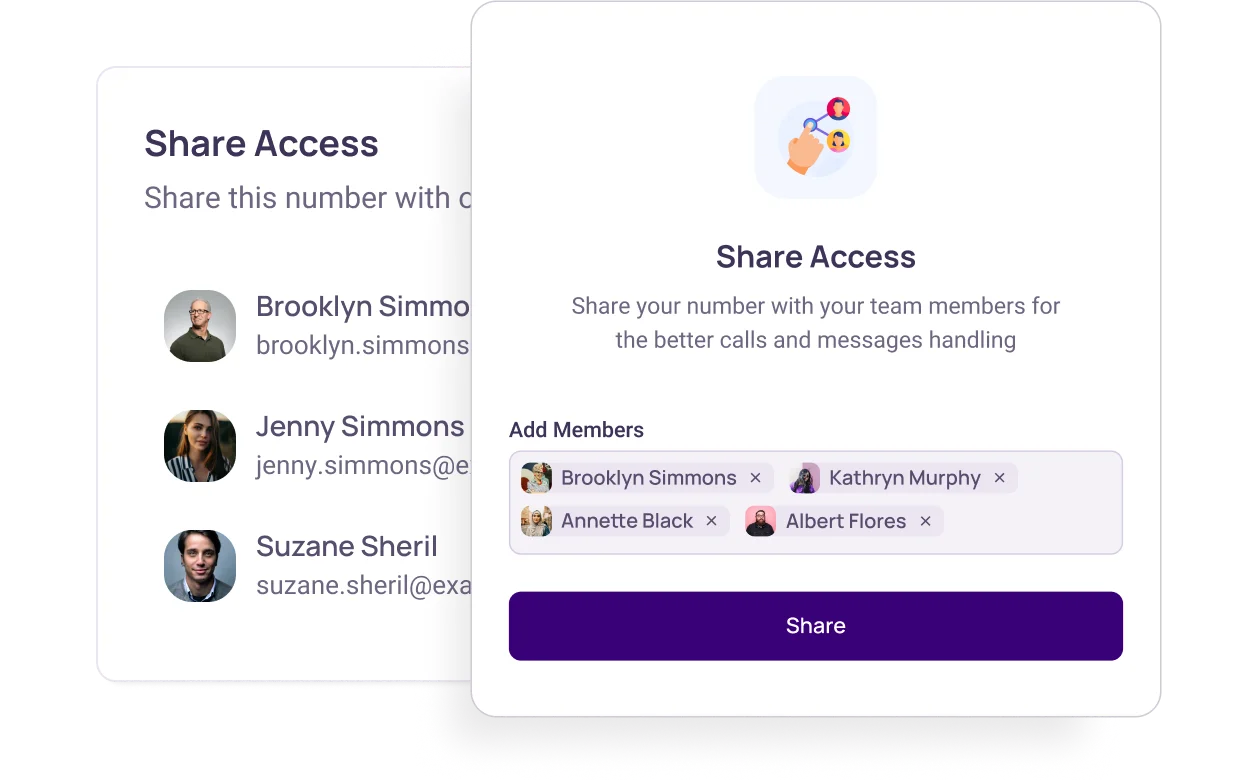
Call Analytics
Get comprehensive call metrics in real time with KrispCall's analytics, covering volume, duration, inbound/outbound calls & more.
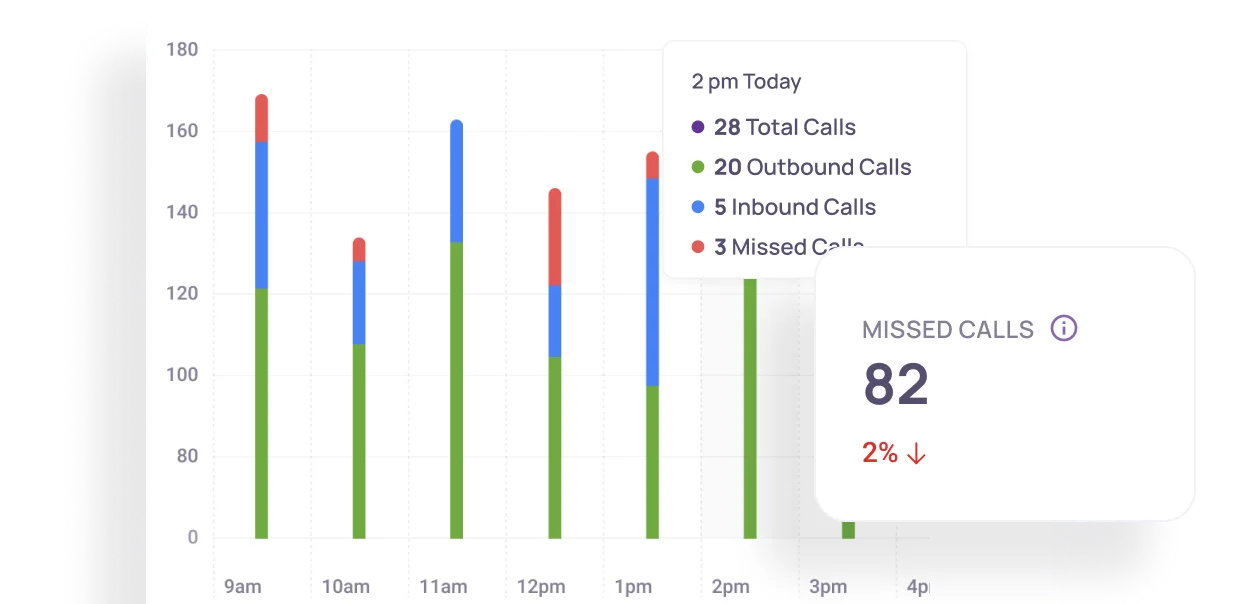
Multiple Phone Numbers
Utilize multiple phone numbers to balance work and personal life using separate numbers, ensuring privacy and communication control.
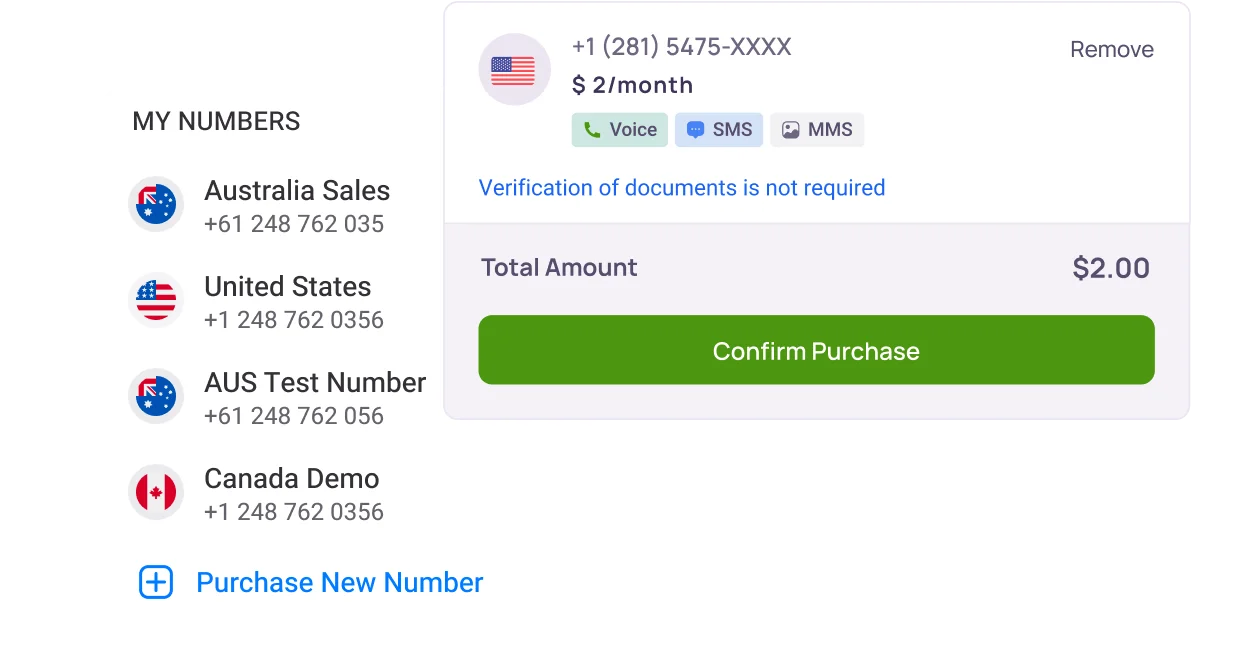
Frequently Asked Questions
Didn’t find the Answer you were looking for? Visit our Help Center or Contact Support
A Call Tree or Automated Phone Menu is a versatile tool that can be used for a variety of purposes. It uses a simple system that makes use of pre-recorded voice commands and Interactive Voice Response (IVR) to automatically deliver messages to a group of people.
A Phone Tree’s effectiveness depends on its usage and several other factors, like its purpose, the target audience, and the design. You should also note that Phone trees, whether manual or automated, have inherent limitations. While they can be cost-effective and efficient for organizations, they may not always provide a complete and positive experience for the caller.
A good phone tree must have the following features and virtues:
- It must be simplistic in design and have easy navigation.
- It should be concise and to the point.
- Must have automated menus and personalized greetings that are up to date.
- It should be reliable, quick, be accessible to anyone.
- It should be a tested and thoroughly evaluated one
Yes, people still use phone trees! However, when talking about traditional phone trees. They have become less common due to the rise of smartphones and have now evolved into automated systems that are more sophisticated and technology-driven.
The primary purpose of a call tree is to efficiently manage and route incoming calls, minimizing delays and maximizing quick responses at the same time ensuring that callers are directed to the right department or person based on their needs.
This system is commonly used in customer service, support centers, and other organizations to streamline call-handling processes.
A Call Tree or Automated Phone Menu is a versatile tool that can be used for a variety of purposes. It uses a simple system that makes use of pre-recorded voice commands and Interactive Voice Response (IVR) to automatically deliver messages to a group of people.
Yes, people still use phone trees! However, when talking about traditional phone trees. They have become less common due to the rise of smartphones and have now evolved into automated systems that are more sophisticated and technology-driven.
A Phone Tree’s effectiveness depends on its usage and several other factors, like its purpose, the target audience, and the design. You should also note that Phone trees, whether manual or automated, have inherent limitations. While they can be cost-effective and efficient for organizations, they may not always provide a complete and positive experience for the caller.
The primary purpose of a call tree is to efficiently manage and route incoming calls, minimizing delays and maximizing quick responses at the same time ensuring that callers are directed to the right department or person based on their needs.
This system is commonly used in customer service, support centers, and other organizations to streamline call-handling processes.
A good phone tree must have the following features and virtues:
- It must be simplistic in design and have easy navigation.
- It should be concise and to the point.
- Must have automated menus and personalized greetings that are up to date.
- It should be reliable, quick, be accessible to anyone.
- It should be a tested and thoroughly evaluated one
